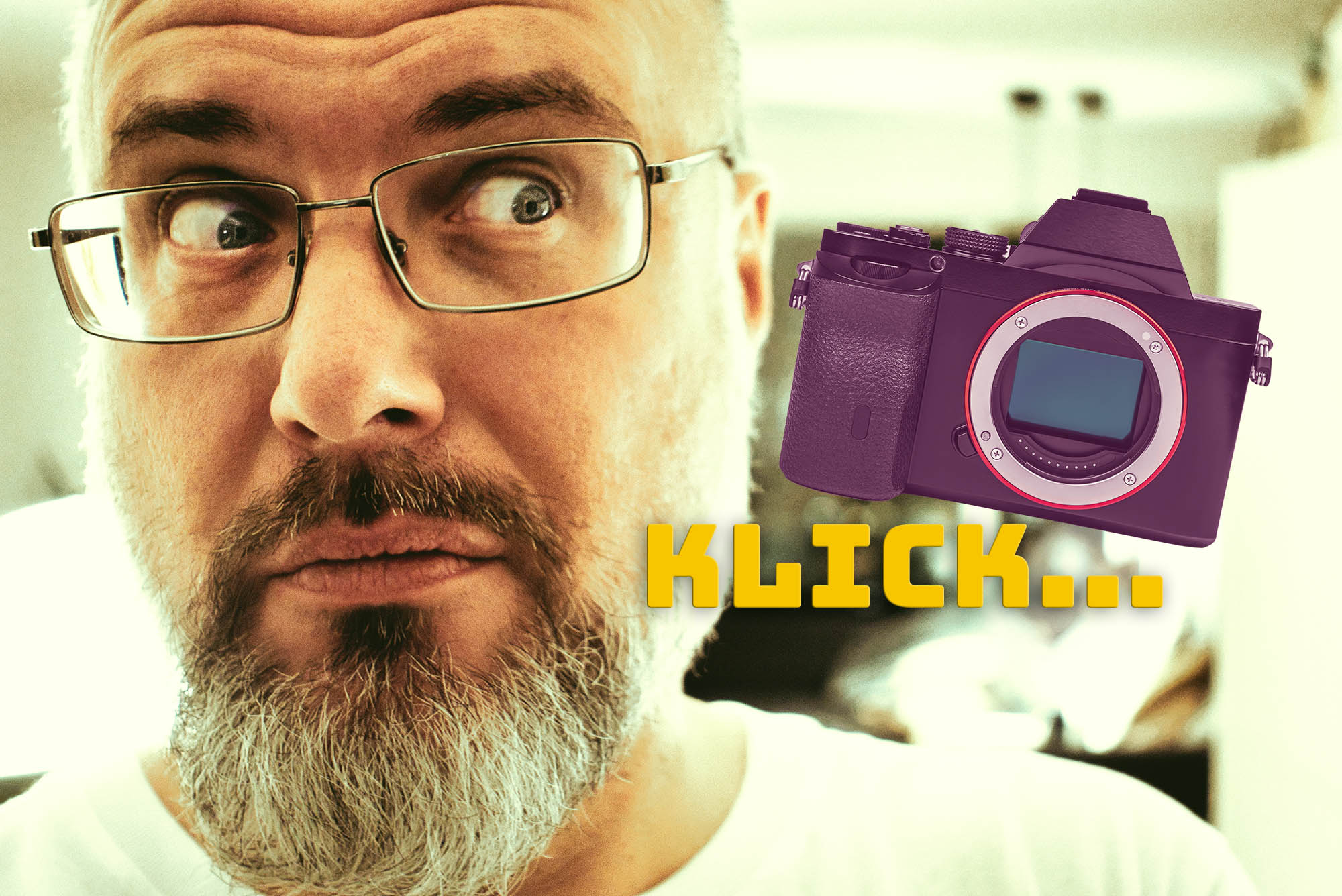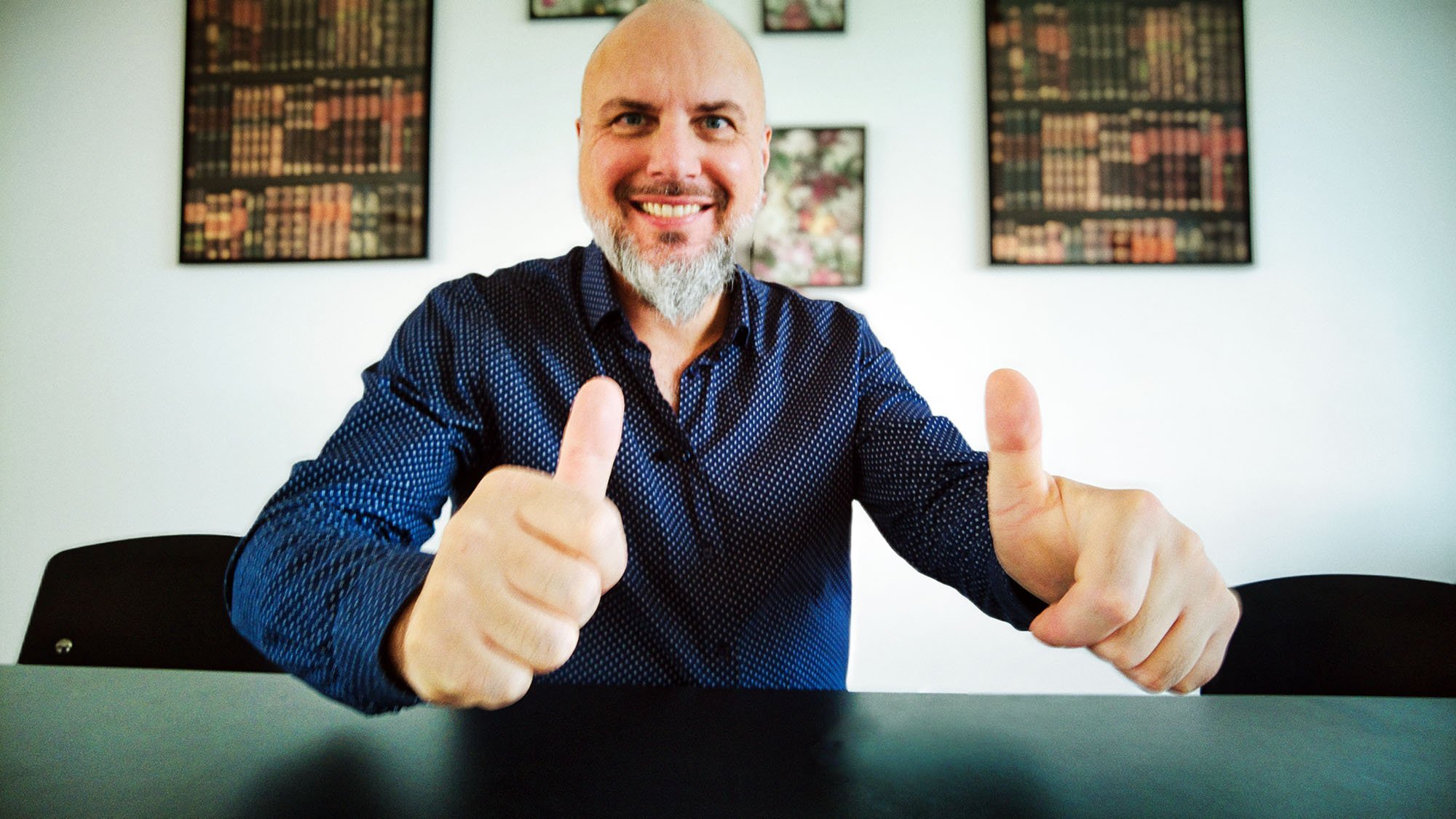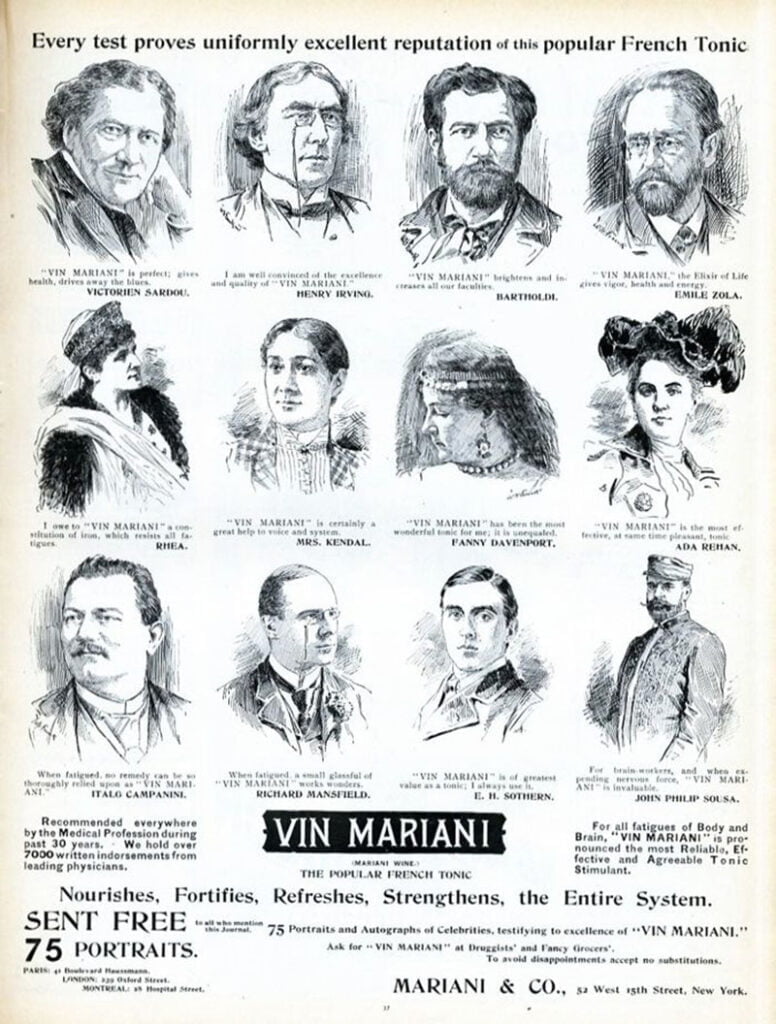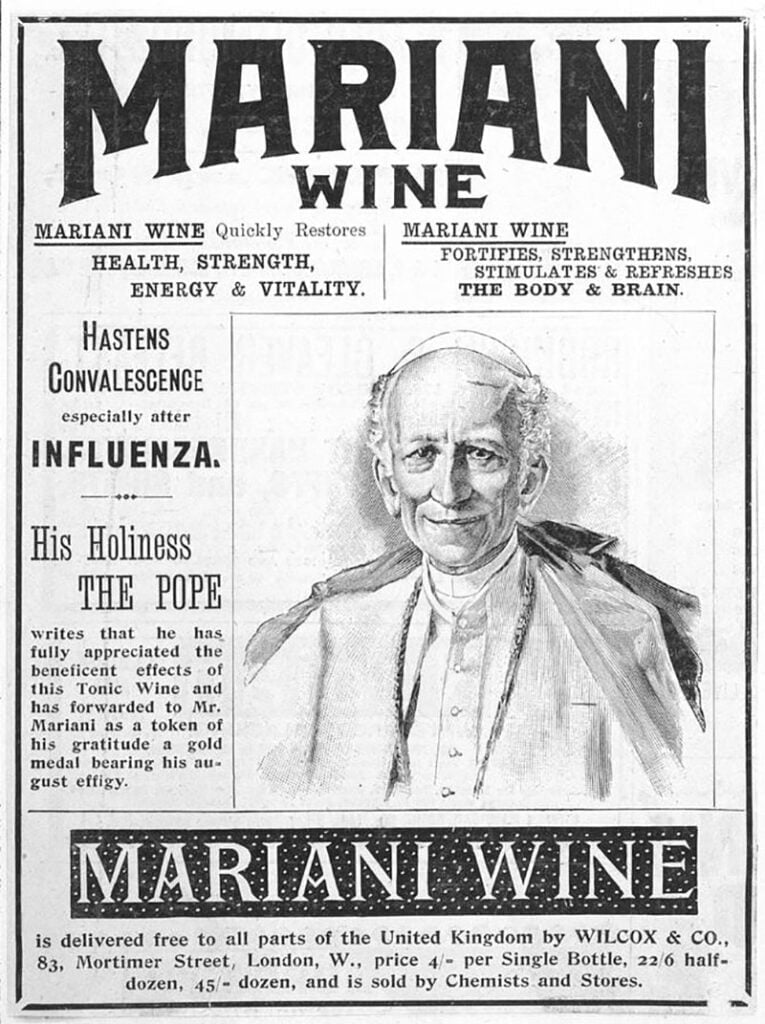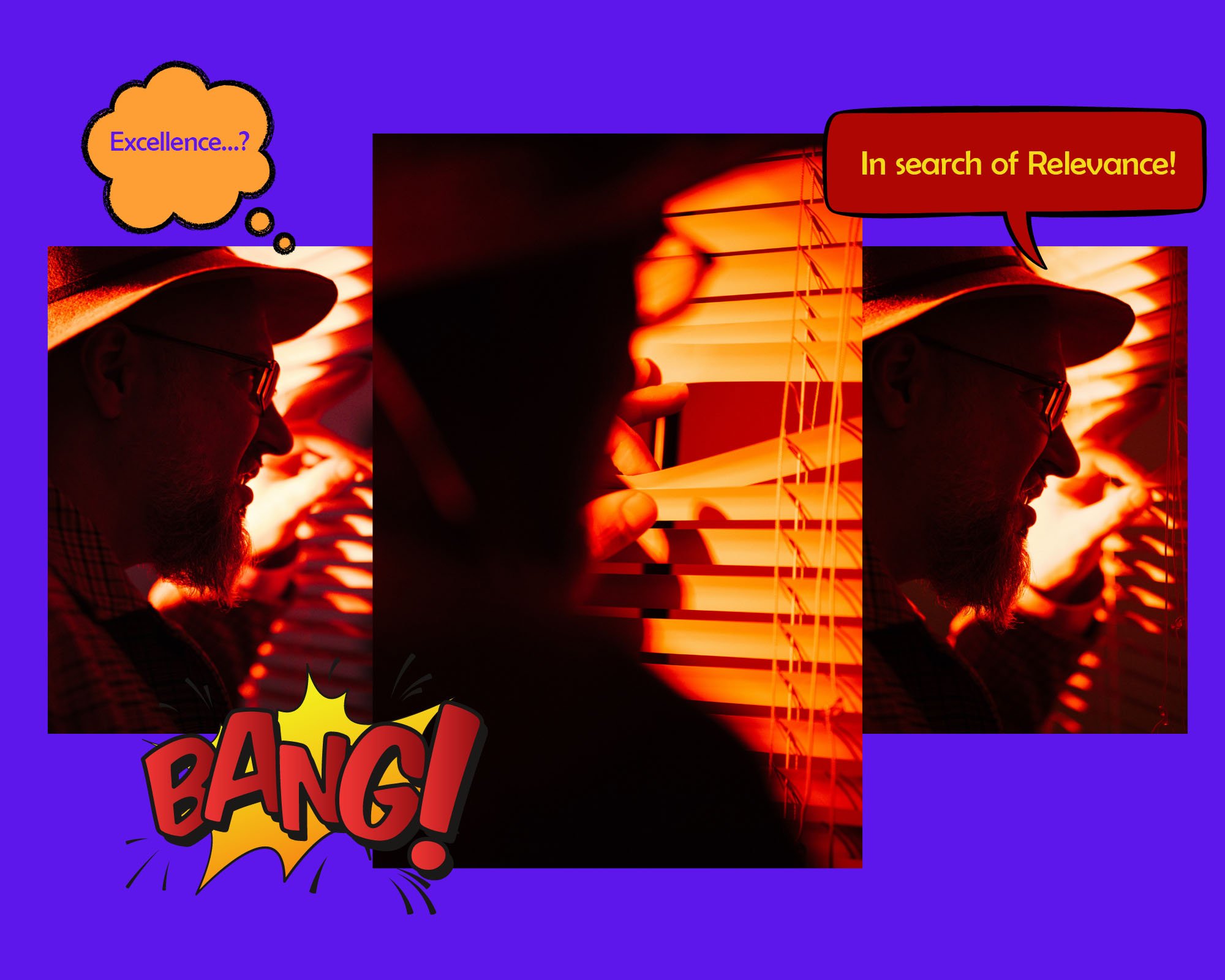The Englishman knows, “There is nothing but a free lunch!” In life, nothing is given for free. So, if you think your YouTube video doesn’t cause CO2, you’re wrong. To put this into perspective for you, every 60 minutes, a streamed HD YouTube video uses 220 to 370 watt hours of energy. That’s 100 – 175 grams of CO2 per video. In a previous interview with the broadcaster Deutschlandfunk Kultur, the research institute Borderstep published these values. The emissions of a film are equivalent to those from a car per hour.

That is no reason for me to get upset. An artist who does not play his music at a live concert due to the pandemic, but entertains 2.1 million people at home, somehow brings the ecological balance back into line, at least emotionally. But what about the many self-proclaimed gurus? Today, for once, I don’t mean the many top achievers who offer systemically applicable winning knowledge in all industries and areas of life for 5,000 euros per weekend course in order to give the masses access to endless happiness. I mean untalented and unqualified product testers and influencers!
Whoever is reading this may know that I have been enthusiastically photographing for over 38 years, have already bagged a few prizes and helped to create exhibitions. What ever happened to this art form? Nothing against smartphones with good cameras, I like them too. Rather, this is about all the talentless people who want (and need) to have a say in paying their rent with clicks and affiliate commissions. Ever scoured YouTube for camera and photo accessory reviews? In very few cases, you’ll find good ideas and advice on how to use the equipment being tested, or even how to compose better images. Battles to get the most out of already very good premium compacts are also hard to find. Instead: Showing off with far overpriced equipment and – sorry – shallow product reviews that the sensor shakes…
I suspect that most of the people who talk about photography products on YouTube don’t know how to take pictures themselves. Many will not understand the relationship between aperture, shutter speed and sensor sensitivity (ISO). And even worse, most will take photos or shoot videos with lenses and cameras that cost well over 7,500 euros, in the quality which one can also manage with 450-euro equipment or a phone.
Why am I bringing up these talent-free in this post in the context of YouTube’s power consumption? Because today it is too often simply about the quick buck! It’s about using cleverly manipulated films to keep viewers on the channel for as long as possible and thus collect advertising money without communicating anything meaningful in the slightest. And to talk people into buying things they don’t need.
This is doubly worse, because on the one hand looking at bad product tests pollutes the environment, and on the other hand the customers of pointless products or superfluous replacement purchases also cause the waste mountain to grow.
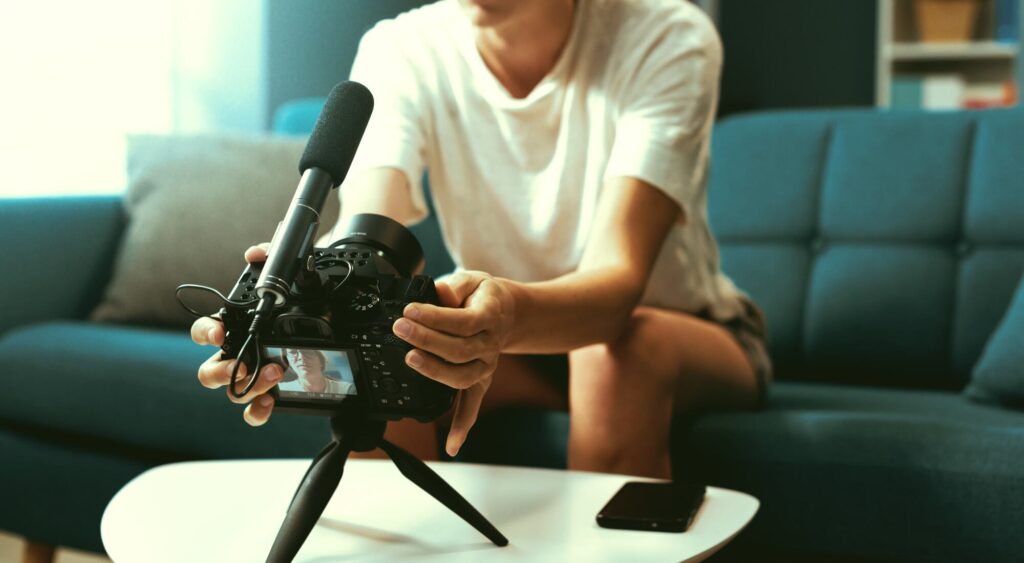
It’s not the camera that takes the photos, it’s the person! Even with a 2016 smartphone, with compact cameras or simple entry-level MFT, APS-C and full-frame snaps (with the right lens – but that hardly costs anything today), fantastic photos can be created. What is crucial for this, that happens not in the body of the camera, lens, HDMI recorder or in the flash trigger, but through the understanding of movement, emotion, light, and image editing.
And I’m only picking out a small section of the vast ocean of nonsense here when talking about camera and photo accessory testers. There are excellent exceptions. But unfortunately, the number of freeloaders is growing more and more. Shame on you! “Think global” means here: Think better of the (psycho-mental and real) environment than of your account!
In my coaching sessions you’ll learn first-hand how to garnish channels with meaningful content and get rewarded by quality, how to create good photos and top selfies with almost all kinds of cameras and how to ultimate pimp photos with a tablet, smartphone, or computer and easy to use software. I’ll also teach you how to set up optimal product testing channels.
